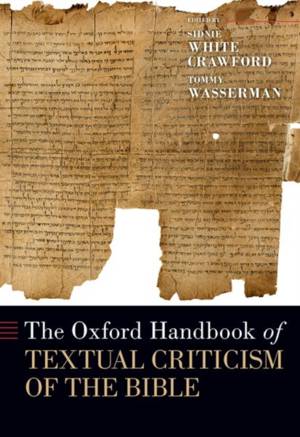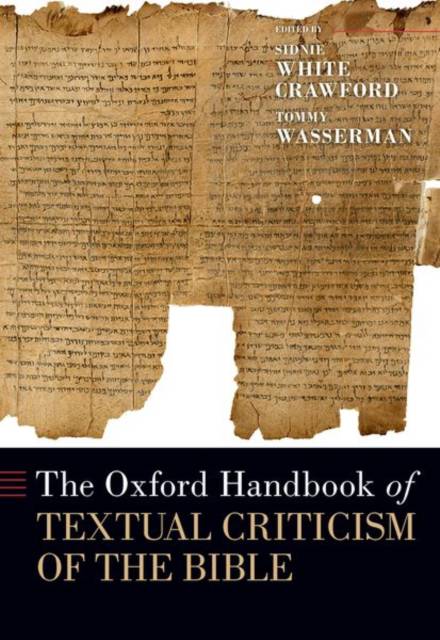
- Afhalen na 1 uur in een winkel met voorraad
- Gratis thuislevering in België vanaf € 30
- Ruim aanbod met 7 miljoen producten
- Afhalen na 1 uur in een winkel met voorraad
- Gratis thuislevering in België vanaf € 30
- Ruim aanbod met 7 miljoen producten
€ 364,45
+ 728 punten
Omschrijving
Oxford Handbook of the Textual Criticism of the Bible provides an overview of the disciplines of textual criticism of the Hebrew Bible and the New Testament as practiced in the twenty-first century. This volume first explores overarching issues like the formation of the Jewish and Christian canons; philosophical presuppositions in the methods and goals of textual criticism; the complex relationship between literary criticism and textual criticism; and how related fields of Book History, New/Material Philology, and paratextual criticism pose challenges and enrich traditional biblical textual criticism. Subsequently addressed is the textual criticism of the books of the Hebrew Bible, a field which has undergone a paradigm shift since the discovery of the Judean Desert scrolls. Each chapter discusses this shift in various ways, representing different philosophies of and approaches to the ways in which textual criticism can be practiced in a "post-Judean Desert texts" world. Finally, the text discusses the textual criticism of the New Testament and provides chapters concerned with the Greek manuscripts and the indirect evidence of the text in early versions and citations, as well as past and current methods for evaluating this evidence including the Coherence-Based Genealogical Method (CBGM).
Specificaties
Betrokkenen
- Auteur(s):
- Uitgeverij:
Inhoud
- Aantal bladzijden:
- 732
- Taal:
- Engels
- Reeks:
Eigenschappen
- Productcode (EAN):
- 9780197581315
- Verschijningsdatum:
- 12/11/2025
- Uitvoering:
- Hardcover
- Formaat:
- Genaaid
- Afmetingen:
- 184 mm x 250 mm
- Gewicht:
- 1383 g

Alleen bij Standaard Boekhandel
+ 728 punten op je klantenkaart van Standaard Boekhandel
Beoordelingen
We publiceren alleen reviews die voldoen aan de voorwaarden voor reviews. Bekijk onze voorwaarden voor reviews.








